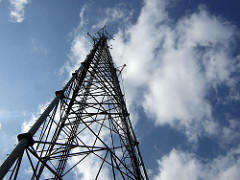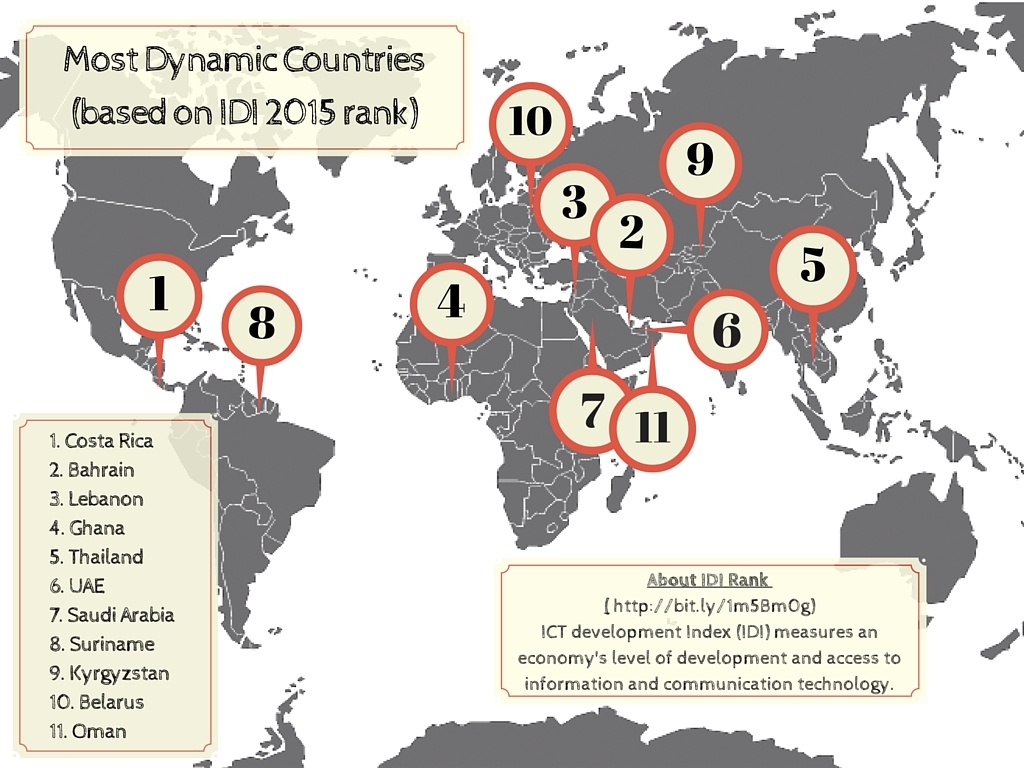According to the global ICT development index (IDI) of 167 nations, between 2010 and 2015, over 40 percent of the world’s population have gained access to some form of Internet, in spite of the digital divide worldwide.
The ICT development Index measures an economy’s level of development and access to information and communication technology. The IDI values reported are indicators of the digital divide between nations around the world. In developing nations, it is likely that Internet penetration may be much lower as a result of costly basic connectivity or lack of broadband capacity.
 The report also reveals that over the past five years there has been an increase in the overall amount of individuals using the Internet, as a result of a rapid growth in mobile-cellular and mobile broadband subscriptions. Social media services have been one of the most influential factors to drive the increase in demand for connectivity over the past decade, and consequently the adoption of mobile devices by a large number of users worldwide. Furthermore, users are also becoming more adept in navigating the Internet and using smart portable devices, such as the smartphone and tablet.
The report also reveals that over the past five years there has been an increase in the overall amount of individuals using the Internet, as a result of a rapid growth in mobile-cellular and mobile broadband subscriptions. Social media services have been one of the most influential factors to drive the increase in demand for connectivity over the past decade, and consequently the adoption of mobile devices by a large number of users worldwide. Furthermore, users are also becoming more adept in navigating the Internet and using smart portable devices, such as the smartphone and tablet.
One of the most impressive reports in the IDI of 2015 is the index displaying the most dynamic countries by IDI rank change. This year’s index of the top 11 most dynamic nations consisted of developing countries that seem to be making great progress with their connectivity initiatives. By making services like mobile-broadband more affordable and offering an array of plans and price options, a greater number of people can afford to have access to some type of Internet service. There is great value in reinforcing an ICT environment as it could also give way to decreasing further and faster the digital divide between third world and first world countries.

Here are the Top 5 most dynamic countries by IDI rank change.
(See the infographic above to see the full 11)
1) Costa Rica
2) Bahrain
3) Lebanon
4) Ghana
5) Thailand
Related Links:

